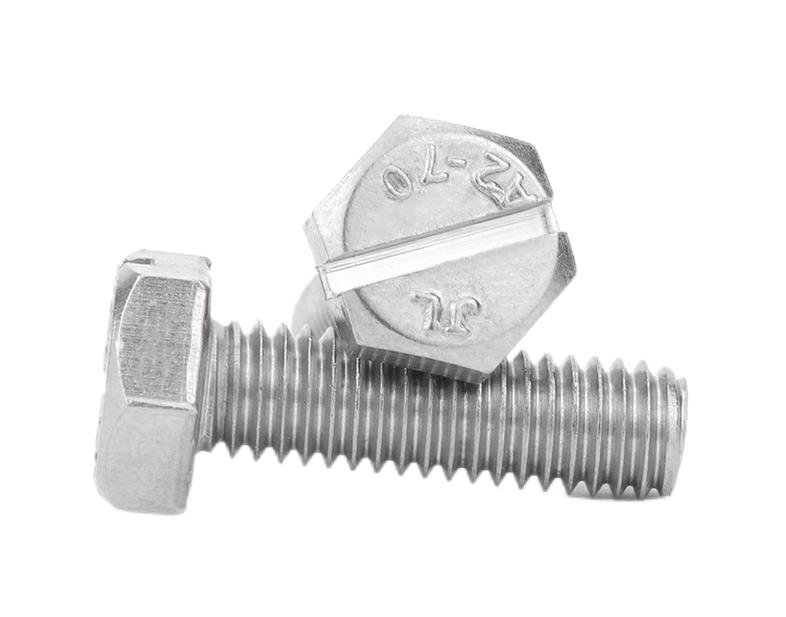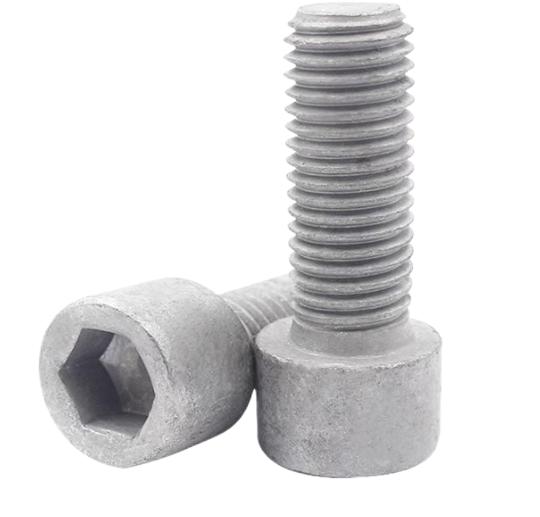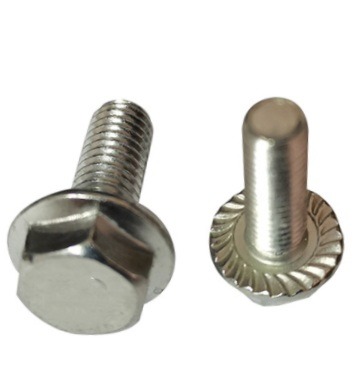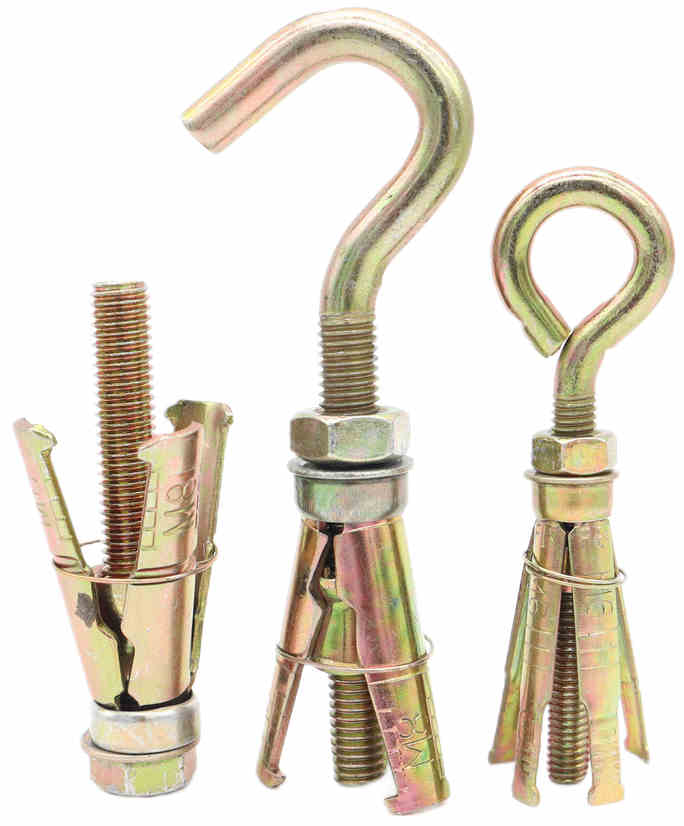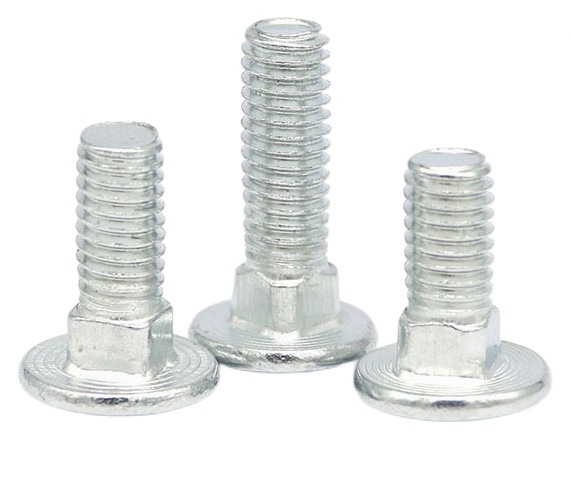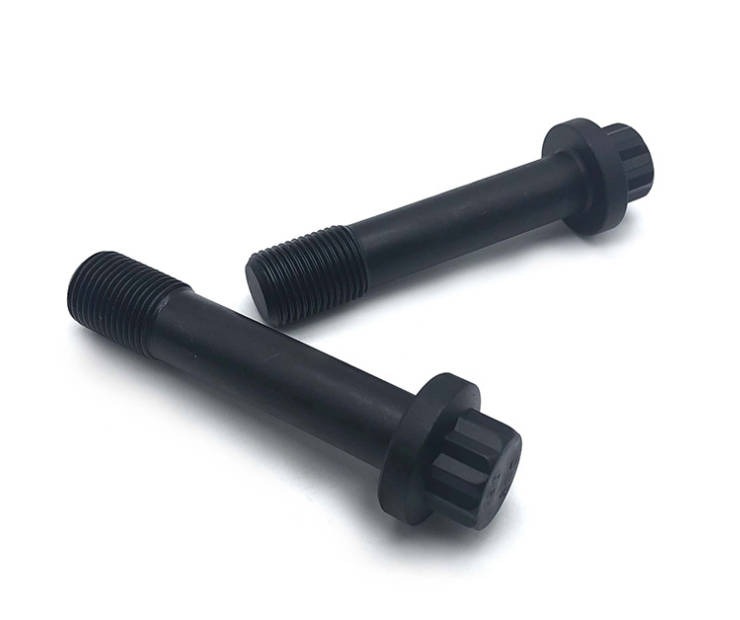How to Zinc Plate Bolts?
Zinc plating is a common procedure for adding a protective layer to metal surfaces, particularly fasteners, to improve corrosion resistance and attractiveness. bolts through the Zinc plating process are extensively used in the construction, automotive, and manufacturing industries. In this article, we will focus on the topic of how to zinc plate bolts, providing you with a detailed step-by-step process of zinc plating bolts, enabling you to achieve durable and aesthetically pleasing outcomes.
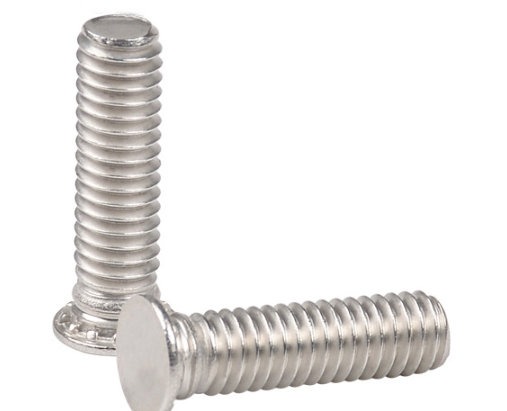
Materials and Equipment
Gather the following materials and equipment before beginning the zinc plating process:
- Bolts: The metal parts you wish to zinc plate.
- Zinc Plating Solution: A solution containing zinc ions for plating.
- Zinc Anodes: Solid zinc pieces that will release zinc ions into the solution.
- Power Supply: A direct current power supply for the electroplating process.
- Container: A non-conductive container for holding the plating solution..
- Copper Wire: To connect the bolts to the power supply, use copper wire.
- Safety Gear: Gloves, safety goggles, and protective clothing.
- Cleaning Supplies: Degreasing agents, wire brushes, and sandpaper.
- Distilled Water: For rinsing between steps.
- Brush or Cloth: For applying zinc plating solution.
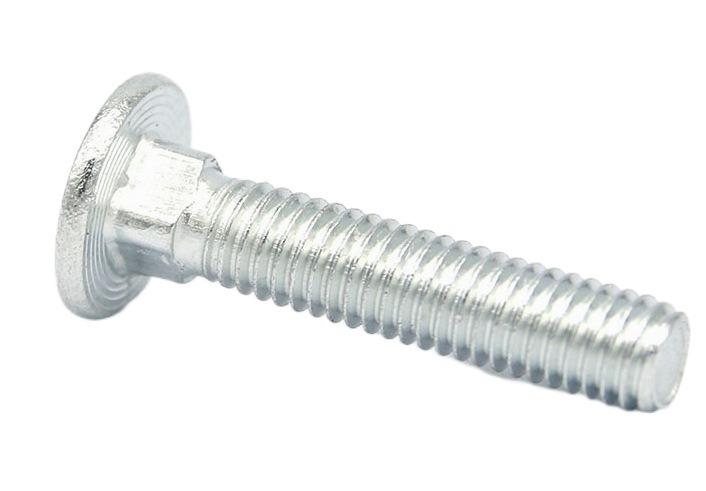
Step-by-Step Guide for the Zinc Plating Process of Bolts
Step 1: Preparation
- Safety First: Put on safety gear to protect yourself from chemicals and electrical hazards.
- Clean Bolts: Using degreasing products, wire brushes, and sandpaper, remove dirt, grease, and corrosion from the bolts. Allow to dry after rinsing with distilled water.
Step 2: Setting Up the Plating Solution
- Prepare Solution: Prepare the zinc plating solution per the manufacturer’s directions. This is commonly accomplished by combining the solution with distilled water.
- Place Anodes: Place the zinc anodes in the solution, making sure they don’t touch each other or the container’s walls.
Step 3: Electroplating Process
- Connect Bolts: Connect the bolts with copper wires. The bolts will be connected to the power source through these wires.
- Dip Bolts: Dip the bolts into the plating solution, being careful not to let them touch the anodes or each other.
- Power Supply Connection: Connect the bolts’ copper wires to the power supply. Cathodes(negative electrode) will be formed by the bolts.
- Activate Plating: To begin the electroplating process, turn on the power supply. Zinc ions from the anodes will move and accumulate on the surface of the bolts.
Step 4: Monitoring and Timing
- Monitor Progress: Maintain an eye on the plating process. The longer the bolts are immersed in the solution, the thicker the plating.
- Timing: Depending on the desired thickness, the plating time will vary. In most cases, 5 to 30 minutes should adequate..
Step 5: Rinsing and Drying
- Rinse Bolts: Remove the bolts from the plating solution with care and thoroughly rinse them with distilled water to eliminate excess solution.
- Dry Bolts: Allow the bolts to completely dry, making sure that no water remains on the plated surface.
Step 6: Finishing Touches
- Inspect Plating: Examine the bolts for consistent plating coverage. To improve the gloss, softly buff the surface with a soft cloth if necessary.
- Apply Protective Coating: To improve corrosion resistance, add a transparent protective coating over the zinc plating.
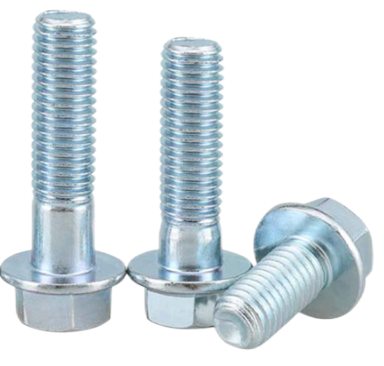
What should be Attention to during the Zinc Plating Process of Bolts?
Attention to detail and adherence to certain rules are critical during the zinc plating process of bolts to assure the quality, efficacy, and safety of the plating.
Power Supply Settings
Set the appropriate voltage and current values for the direct current power source. Lower settings are often preferred to ensure even and controlled plating without overheating.
Thickness Control
Maintain control over the plating duration to produce the required zinc layer thickness. The plating rate is affected by factors such as current density and plating solution concentration.
Even Plating
To ensure equal plating, gently spin or agitate the bolts in the solution on a regular basis. This aids in the homogeneous distribution of zinc ions over the surface.
Documentation
Maintain documentation of the plating procedure, including plating time, solution parameters, and any observations. This documentation will aid in future troubleshooting and replication of successful plating.
Continuous Learning
Zinc plating is a skill that gets better with practice. Learn from each plating session, take notes on obstacles, and look for ways to improve your process.
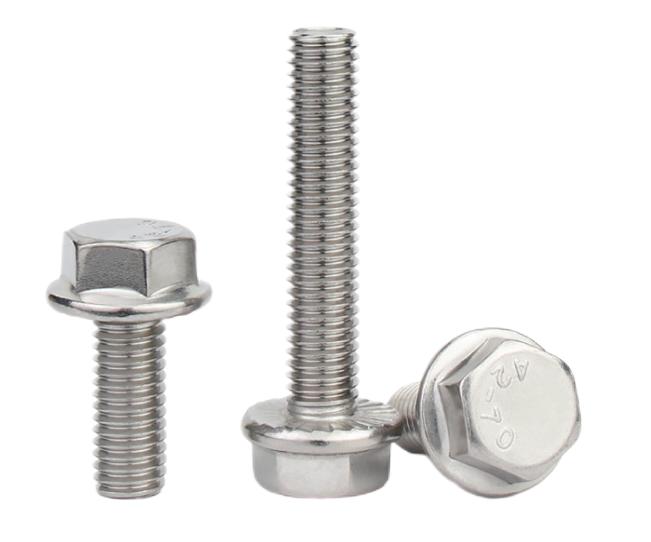
Summary
Zinc plating bolts is a simple yet thorough process that increases their longevity and appearance. By following the techniques given in this article, you may effectively zinc plate bolts, making them more corrosion resistant and maintaining their operation for an extended period of time. Always put safety first when working with chemicals and electricity, and reap the benefits of your newly zinc-plated bolts in a variety of applications.


